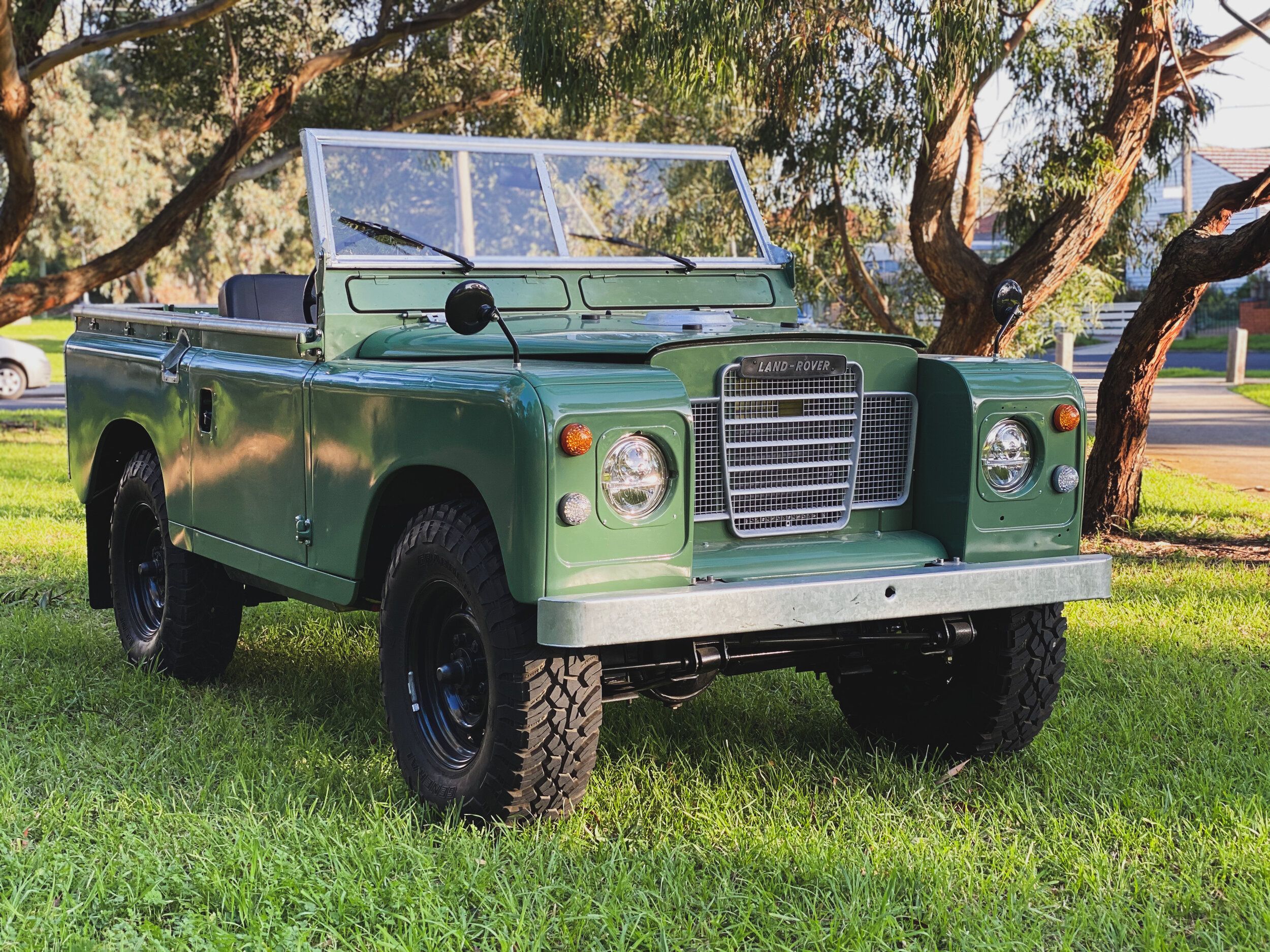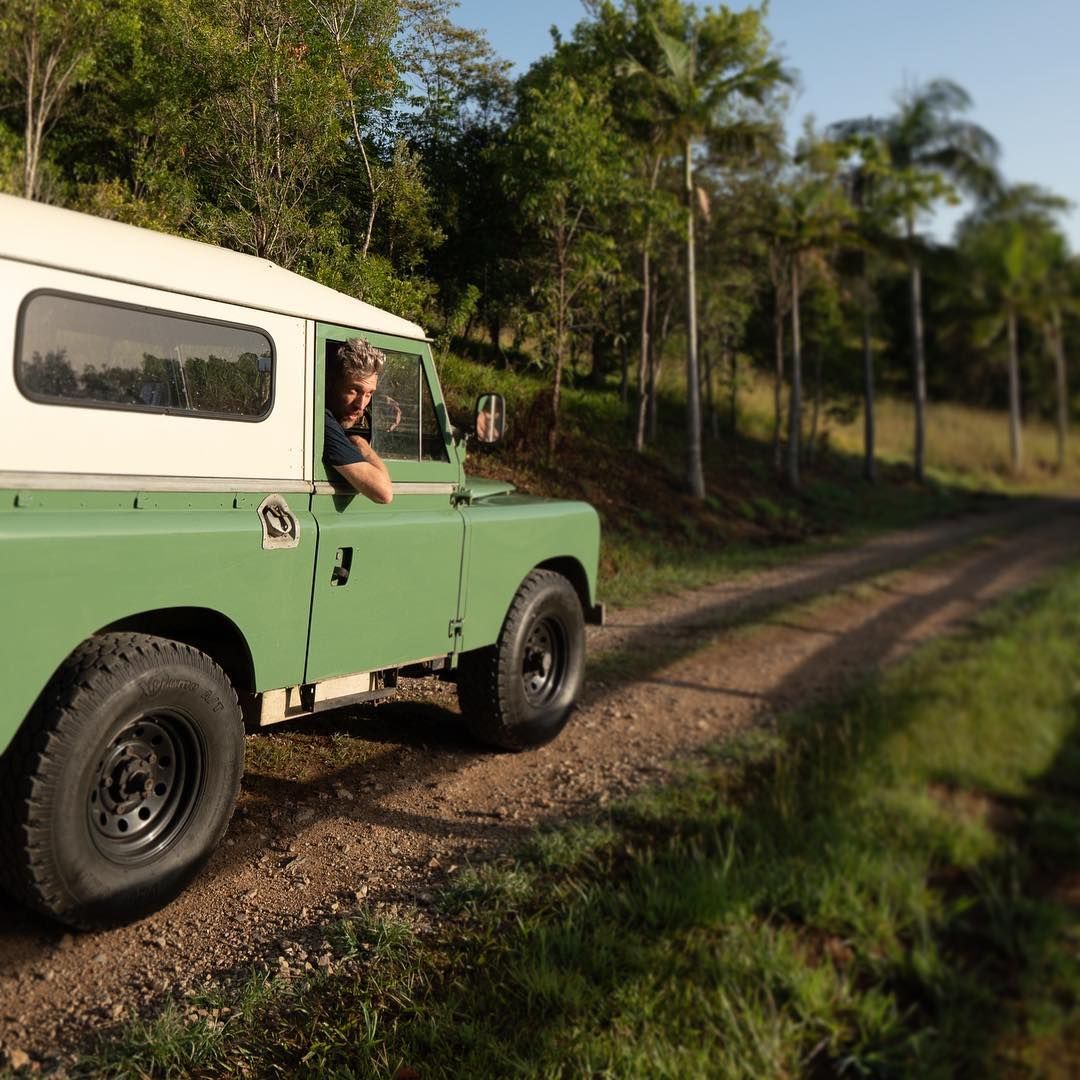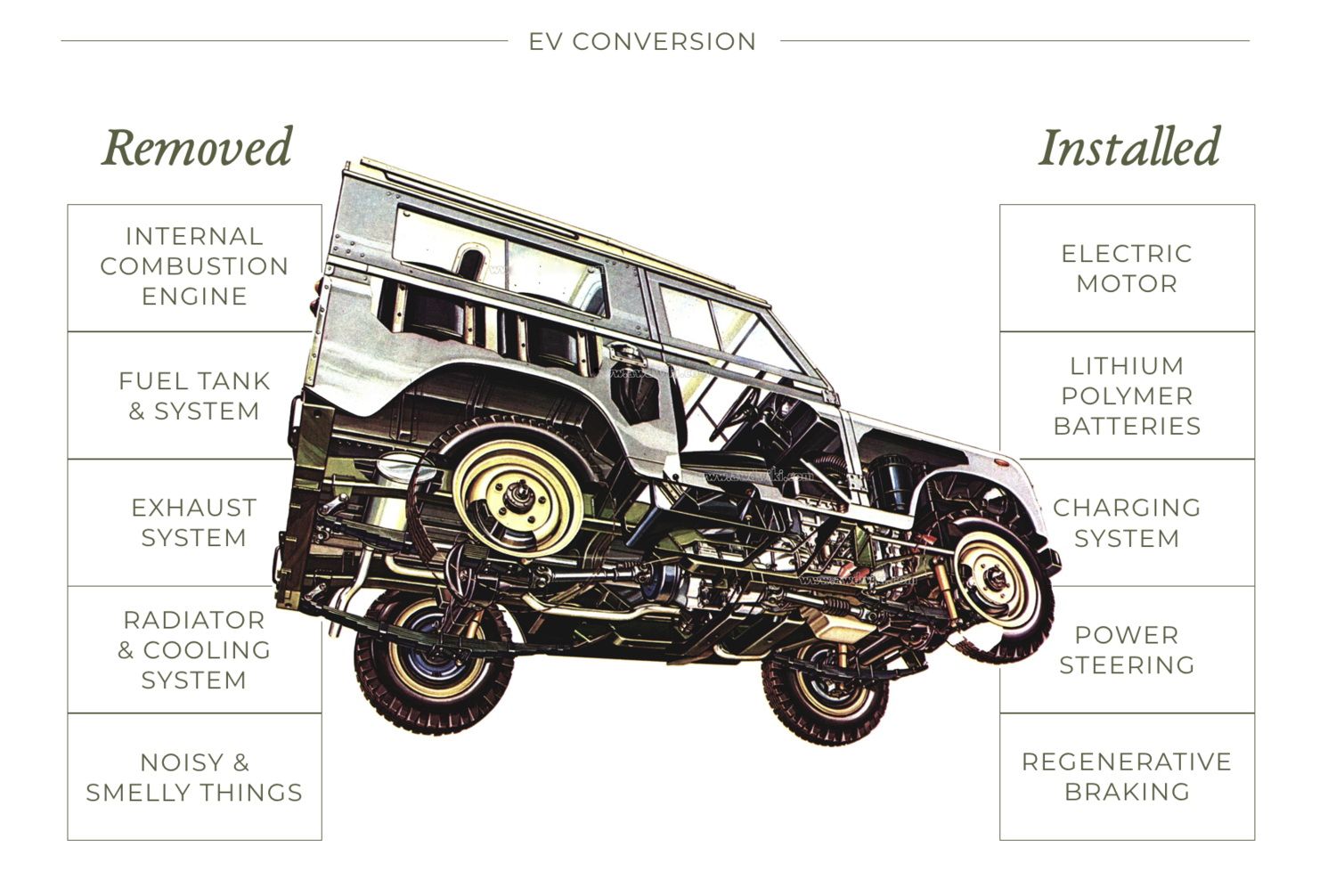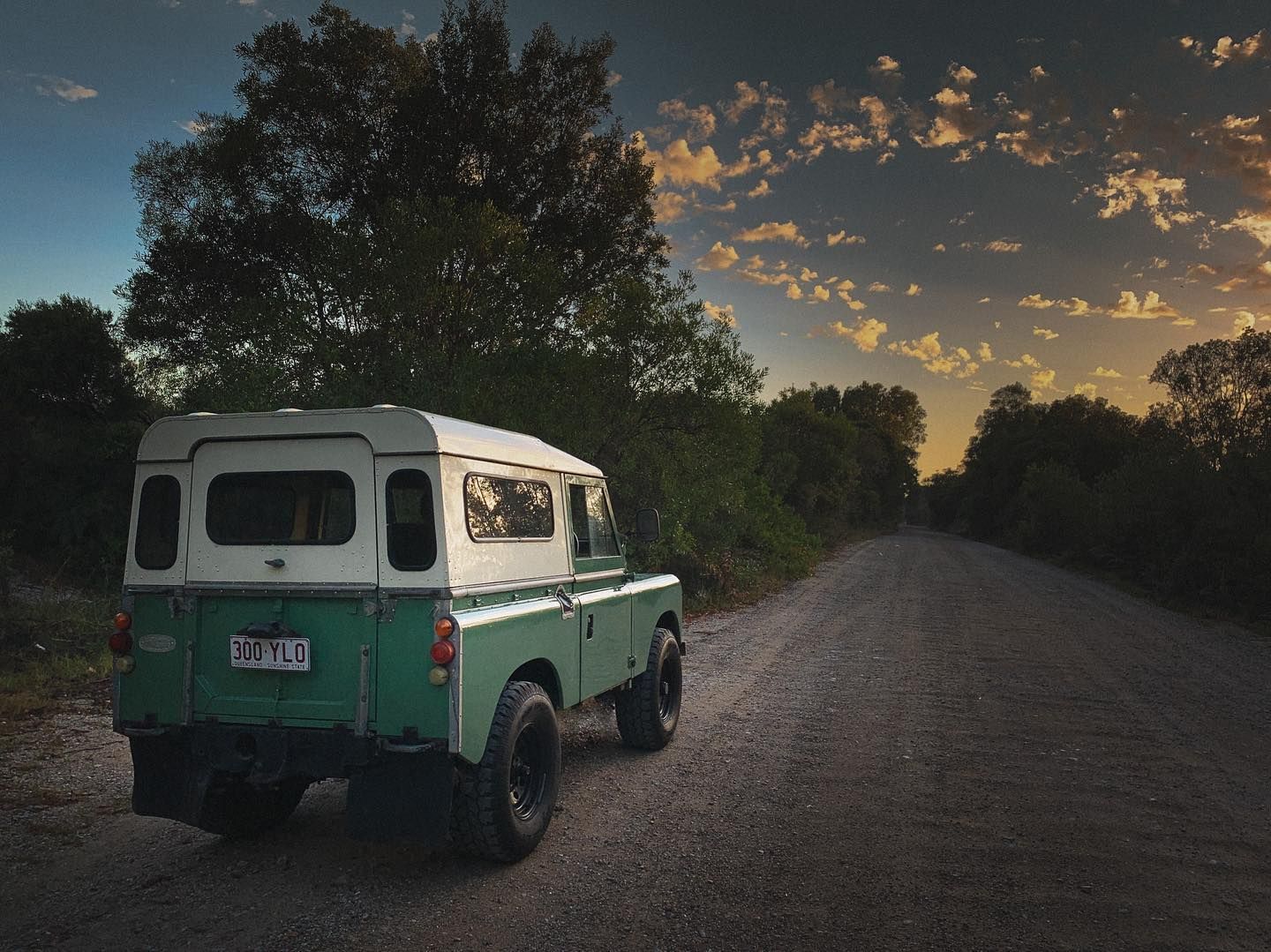What started as guilt-trip driving around in an oil-burning-engined car to access the innermost parts of Australia resulted in a start-up that now converts, sells, and rents electric Land Rovers. Australia-based Jaunt Motors recently converted an old diesel Land Rover into an electric car, the reason behind it being to create an environment-friendly four-wheel-drive vehicle. The yesteryear SUV now comes with electric motors and Tesla batteries powering it. Is this the best way to enjoy classic, hardcore SUVs without feeling guilty about harming the environment?
Electric Four-Wheel-Drive Models Are The Need Of The Hour
In a country like Australia, where the majority of the population has access to coasts and outback, Jaunt Motors’ CEO Dave Budge, noted that a Land Rover was best-suited for trips where there's no way to get other than a 4x4. Despite the fact that the countrymen were buying four-wheel-drive models exclusively, there was no EV that powered all the wheels. This challenge meant converting a Land Rover into an electric vehicle was the way to go. “The time was right, people have been converting cars for 10-15 years,” says Budge. “We were at a point where it wasn't an engineering challenge – we knew it could be done – it was more of a design and user interface challenge.”
Why The Land Rover?
For its first vehicle, Budge and the company’s co-founder Marteen Burger, selected a 1971 Land Rover Series 2a.
The body-on-frame architecture further allowed it to be equipped with a larger battery pack. Also, the basic dimensions have stayed the same for most of the last 70 years. These dimensions allowed the folks at Jaunt Motors to better understand how to fit everything in with some parts removed and some parts added – including ten large Tesla batteries selected for their energy efficiency and high density.
Now coming to the conversion process, the company ripped open the Land Rover and removed the internal combustion engine, the fuel tank, exhaust, radiator, and cooling systems, and essentially anything that was noisy and smelly. These parts were swapped with an electric powertrain that consisted of a Hyper 9 motor, Tesla Model S batteries, a charging system, and regenerative braking, that resulted in the birth of the ‘Juniper’.
Apart from the constraints that come up generally in a conversion like this, the biggest one was that 3D scanning was needed. However, a 3D model of a Land Rover chassis didn’t exist, so Jaunt teamed up with Artec and Thinglab to make one. Artec Leo scanner was used for this, that allows accuracy up to 0.1 mm. A color mesh file was also created which allowed for renders and image creation. With Artec Studio, a high resolution color OBJ along with a heavily decimated file more manageable for CAD packages were also produced.
Final Thoughts
The company has already converted two Land Rovers. The first one was made for Mountain Ridge Winery, which even created a new wine in honor of their new EV. This was done to make more plans targeted at vacation destinations such as wineries and breweries. The other one is available for rental, although the SUV is in demand and bookings are made in advance. The company has five more conversions in the pipeline for early next year.
Do you think such conversions are the way to enjoy old-school vehicles, keeping in mind the climate change and the transition to electric vehicles? Let us know your thoughts in the comments section below.





